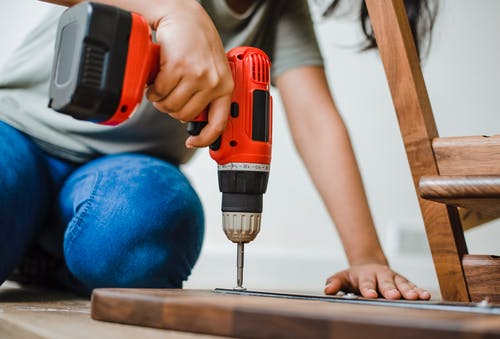When water wreaks havoc in our homes, it can be tempting to turn a blind eye or delay fixing the problem. But can you ignore the damage and carry on as usual? This article explores the risks of doing so and explains why immediate water damage restoration is invaluable.
The Risks of Delaying Water Damage Restoration
When water damage occurs within a property, it tends to extend beyond the surface level. The harm caused by a leak or flood isn’t limited to what you can visibly see; instead, it permeates various aspects of the house and lifestyle. Here are some key reasons why delaying water damage restoration is a recipe for destruction and dangerous outcomes.
Personal Health Hazards
One of the most severe implications of delayed water damage restoration is the potential health hazards that arise.
- Mold and Mildew Risks: When water damage isn’t promptly handled, it provides an ideal mold and mildew growth environment. These harmful organisms can spread quickly, causing an array of health problems. Infants, the elderly, and people with compromised immune systems are particularly susceptible. Some common issues caused by mold exposure include allergic reactions, skin irritation, eye irritation, and even respiratory complications.
- Bacterial Growth Risks: Unattended water damage also provides a breeding ground for harmful bacteria. When elements such as floors, walls, and ceilings remain damp, it fosters bacterial growth. The bacteria can lead to infections and diseases, putting the health and well-being of inhabitants at risk.
- Risks of Pest Infestation: Besides mold and bacteria, moisture and dampness attract pests such as cockroaches, mosquitoes, and rodents. Leaving water damage unattended increases the risk of a pest infestation. These pests can compound the existing health hazards, causing sanitary problems and transmitting diseases.
Structural Damage Hazards
Alongside the health risks, delayed response to water damage can lead to structural damage to the property. Leaking water can seep into the foundation, walls, and flooring. Over time, these areas may weaken or warp and bend. The load-bearing structures may lose their strength, leading to sagging ceilings, bulging walls, and potentially even a collapse. These structural problems can compromise the safety of the building.
Furthermore, aspects of the house, such as insulation, plaster, and paint, can also be affected. The breakdown of these elements can lead to higher long-term expenses, as it’s not just about water damage but full-scale property restoration.
Not only is structural damage expensive to repair, but it can also make the property unsafe. This can be especially concerning in commercial properties where the safety of employees or the public could be at risk. The longer the water damage goes untreated, the greater the structural harm and potential danger.
Impact on Property Value
Water damage can tarnish your home’s appeal more than you think. Prolonged water damage isn’t just an eyesore; it can also significantly decrease your property’s value. Here’s where PuroClean Property Savers come in. They are an example of professionals offering property restoration services who can help restore your property value by adequately addressing and rectifying water damage.
The Financial Implications of Delayed Restoration
Curing water damage may seem pricey, but protracting the restoration process can pile up costs in an undesirable way. What could have been a simple fix can become a serious and more expensive matter.
Long-term Effects of Water Damage
Deterioration of Building Materials
- Extended exposure to water can damage various building materials like drywall, plaster, and flooring.
- Wood can rot, and metal fixtures can corrode over time due to water exposure.
- Continual dampness in areas such as the basement can lead to mold growth and pest infestation.
- Deterioration of structural components can result in high repair or replacement costs and substantially reduce property value.
Long-lasting Odour Issues
- Water damage can result in a persistent musty smell due to mold and bacterial growth in wet materials like carpets, upholstery, and drywall.
- This odor can embed itself into the building structure and household materials and cannot be eliminated without resolving the moisture problem at the source.
Long-term Moisture Control Problems
- Unresolved water damage can lead to ongoing issues with humidity and moisture imbalance in the property.
- Excessive humidity can affect air quality, exacerbate mold growth, and attract pests.
- Other home components, such as wallpaper, paint, and furniture, can acquire damage or discoloration due to high moisture levels, leading to a slow degradation of the living environment.
- Prompt and professional water property restoration services are essential to control moisture.
Conclusion
In conclusion, any delay in water damage restoration carries a significant risk to the property as well as the health of its inhabitants. Bring professionals to assess and address the damage; you will save loads of stress, money, and potential harm. So next time you notice a leak, remember the risks and not brush it under the carpet!


